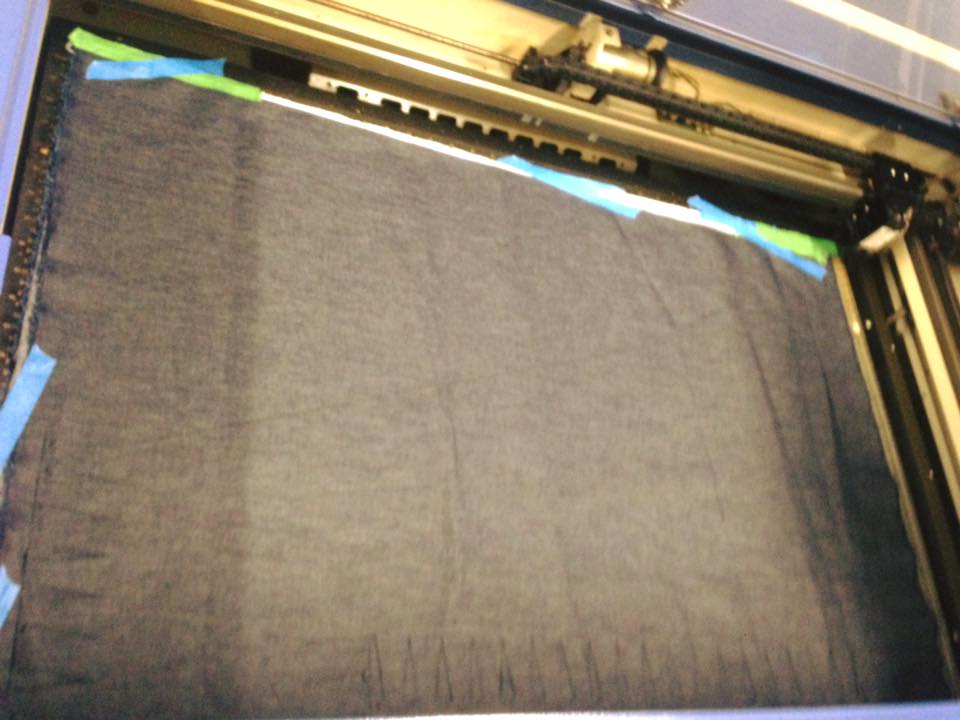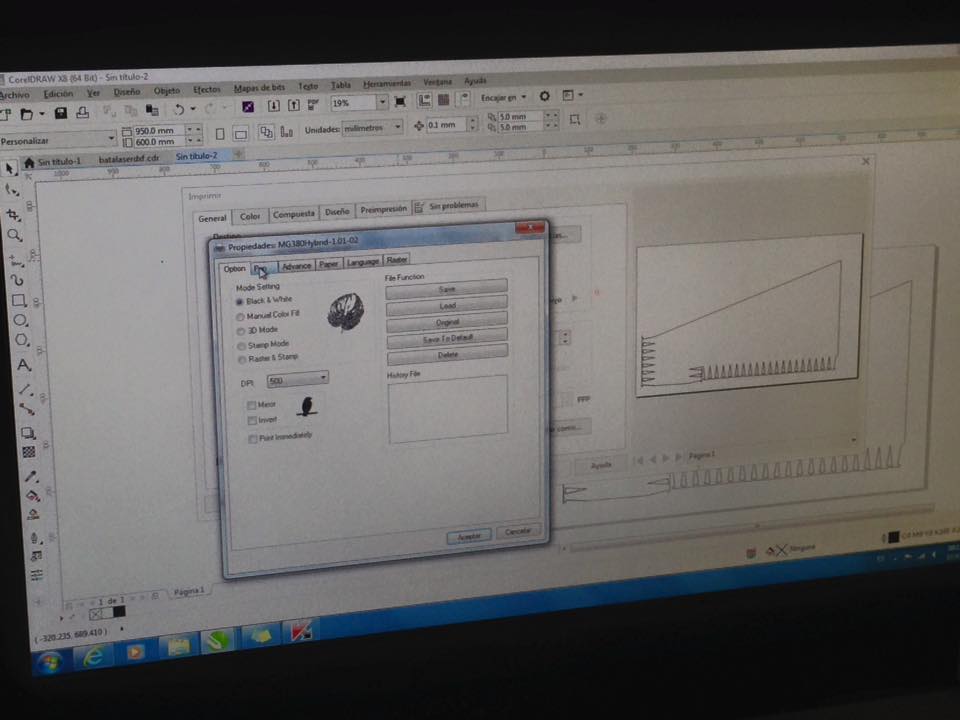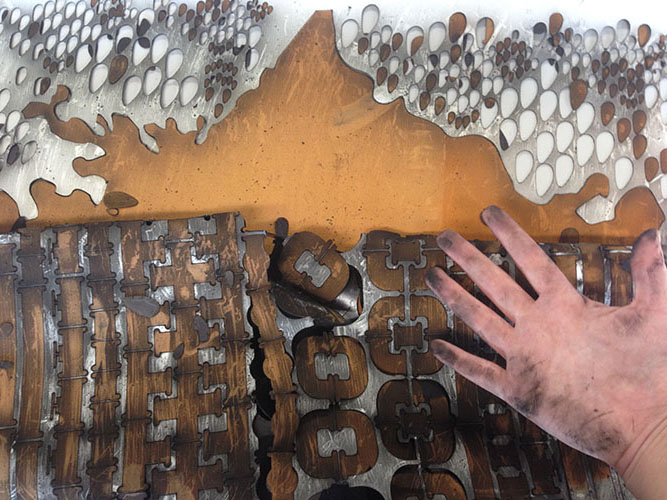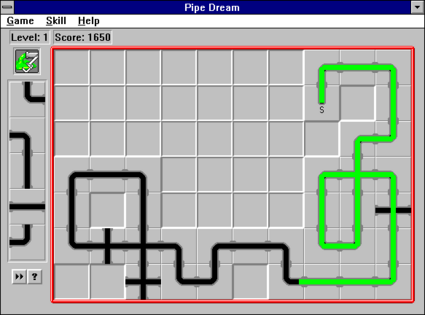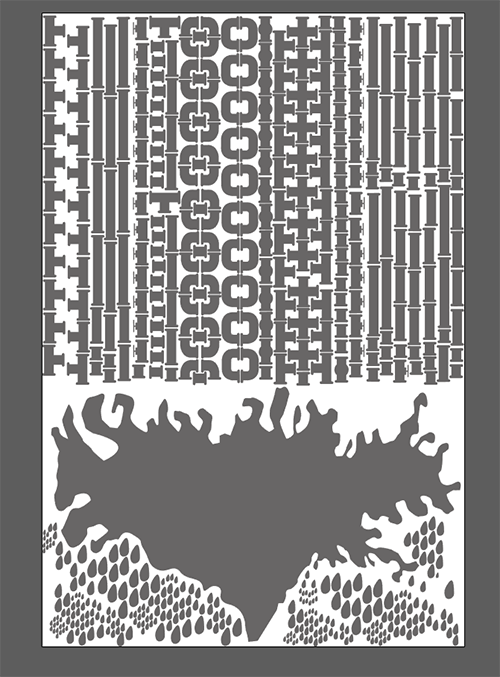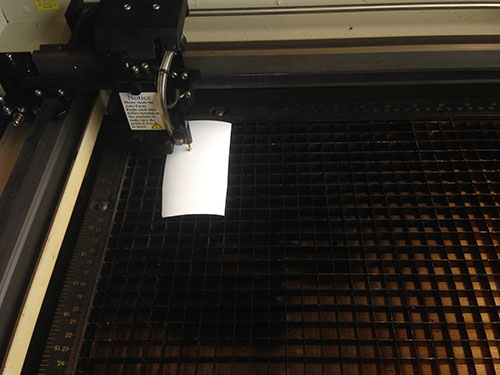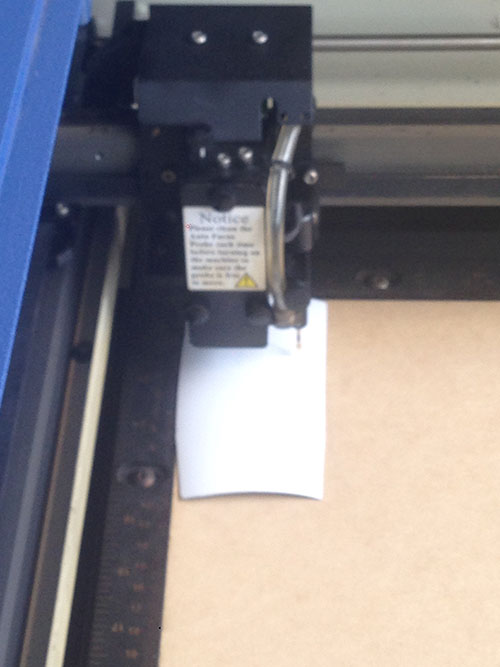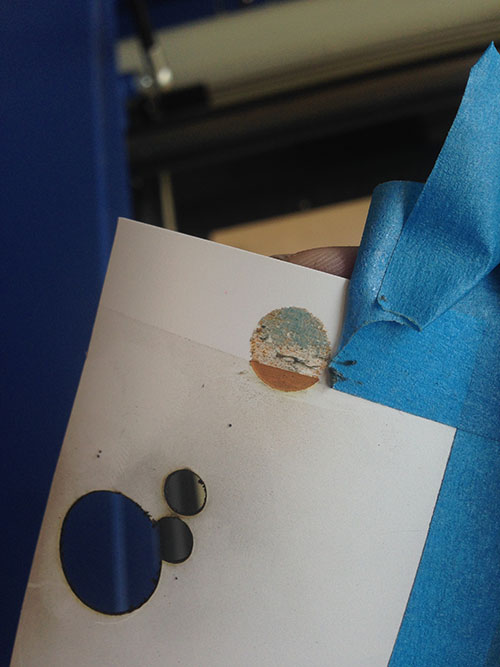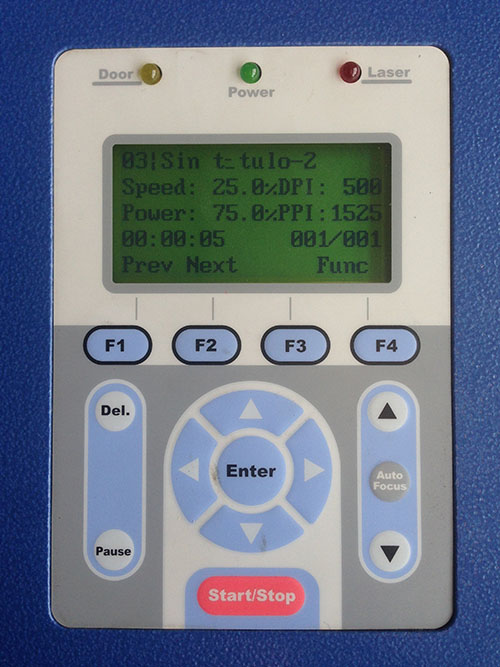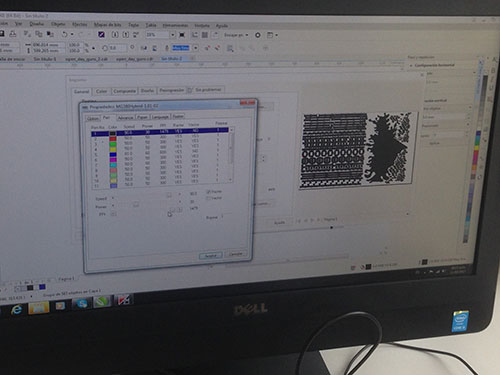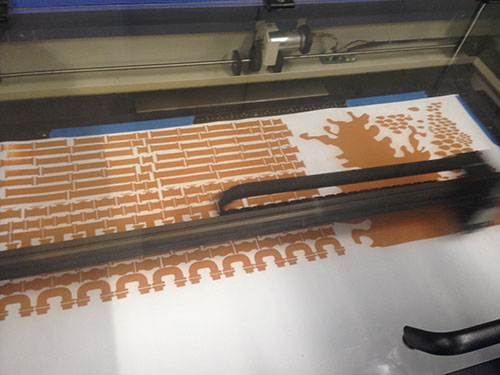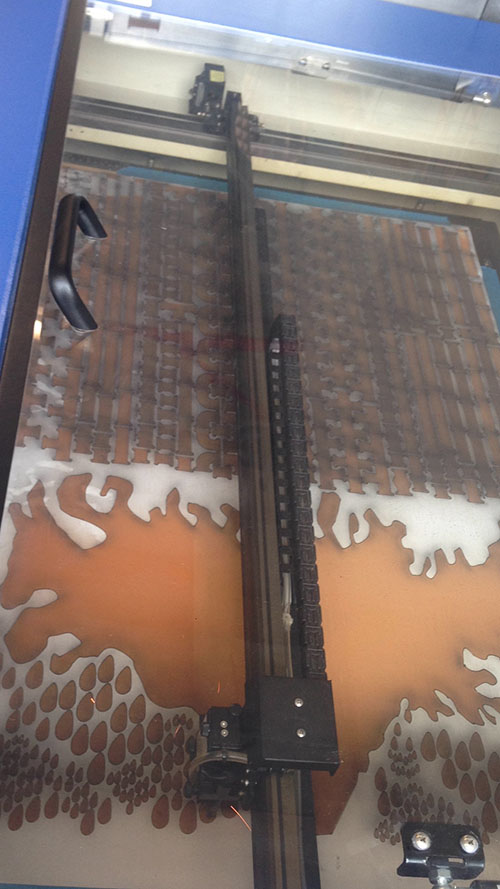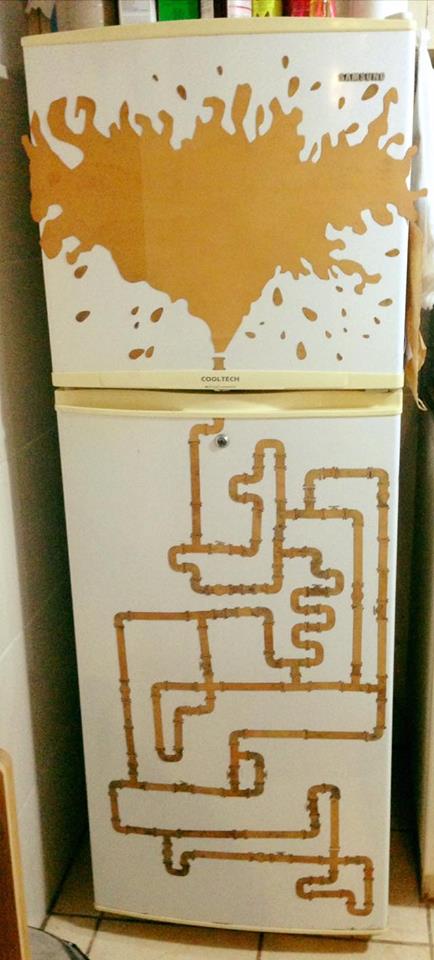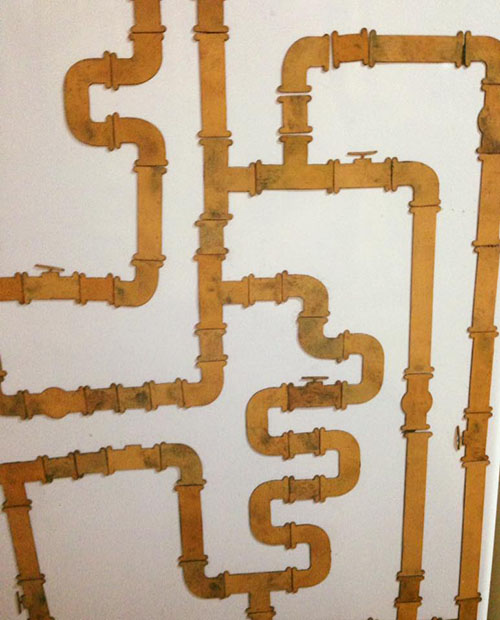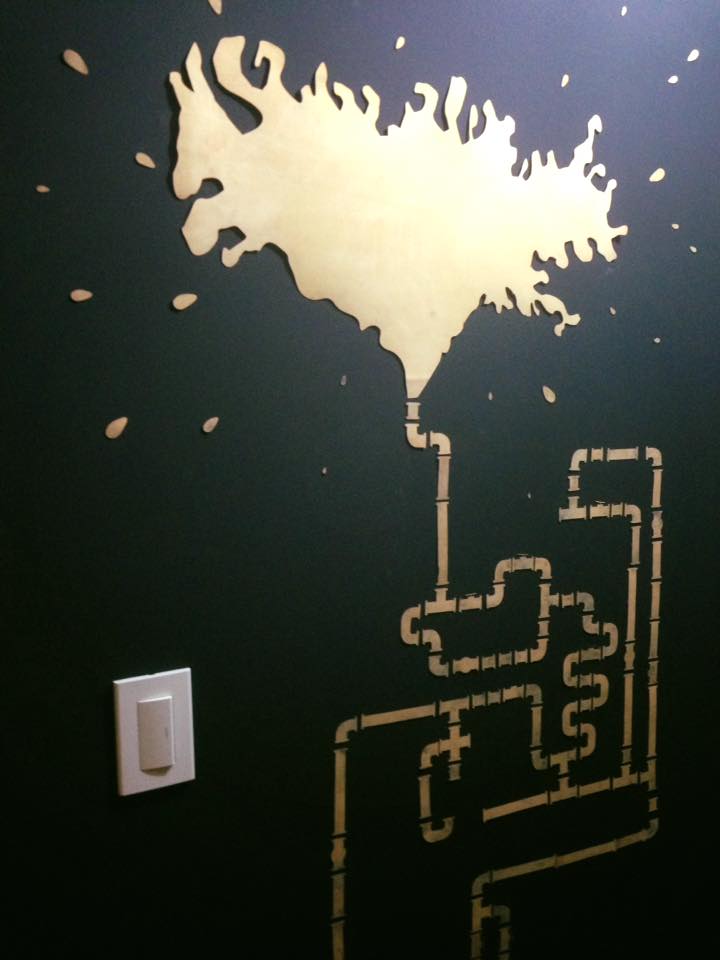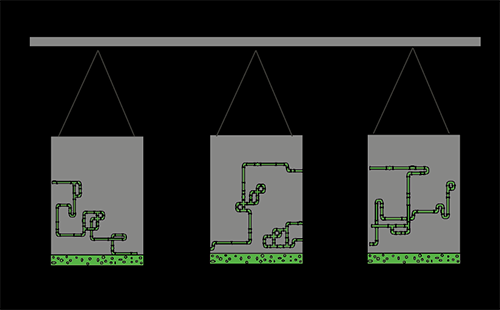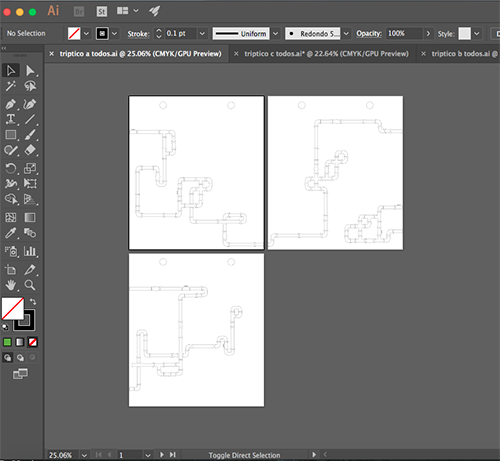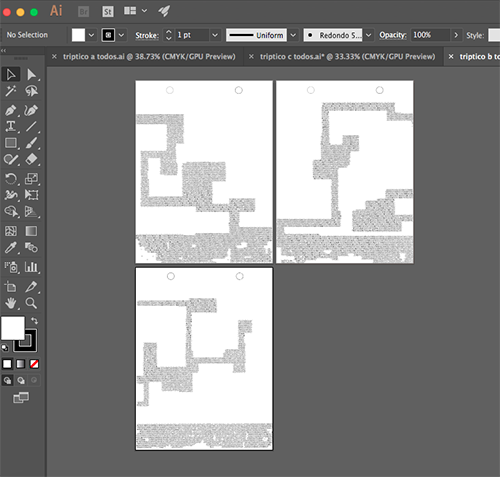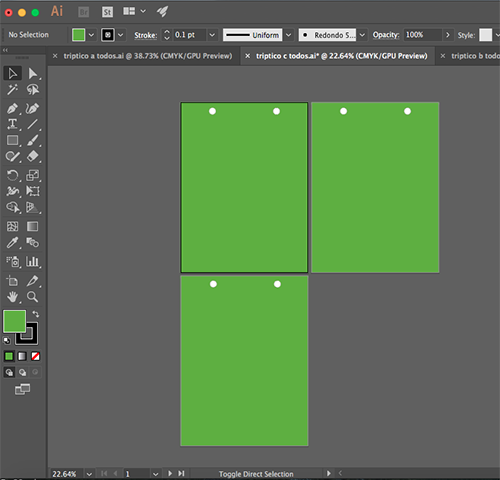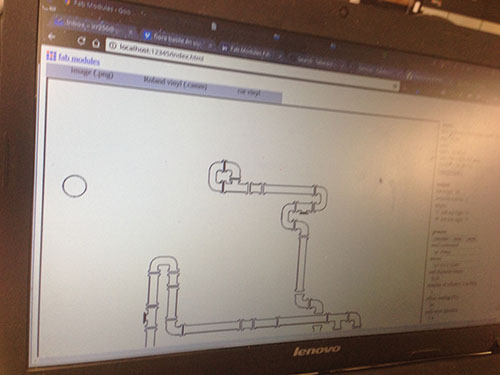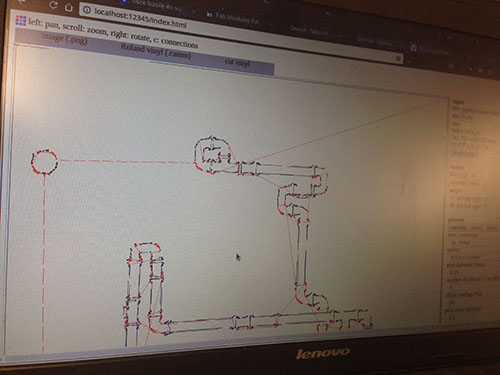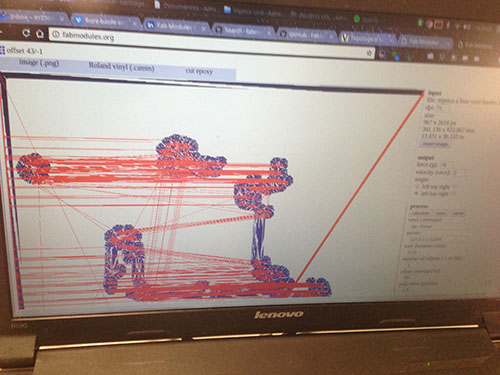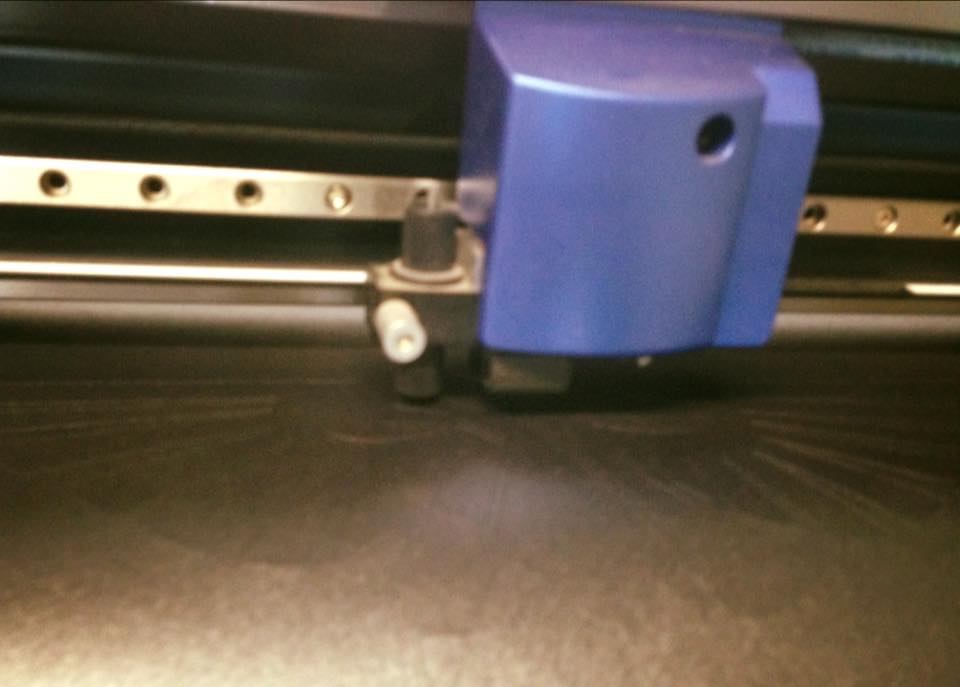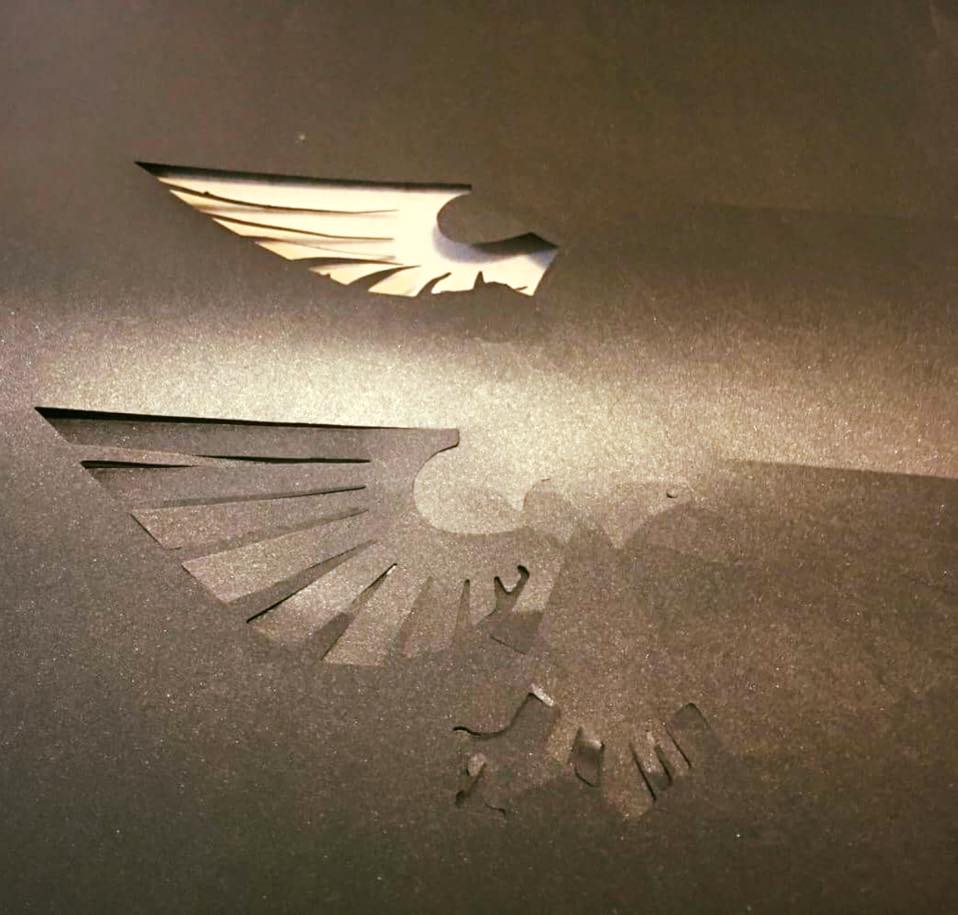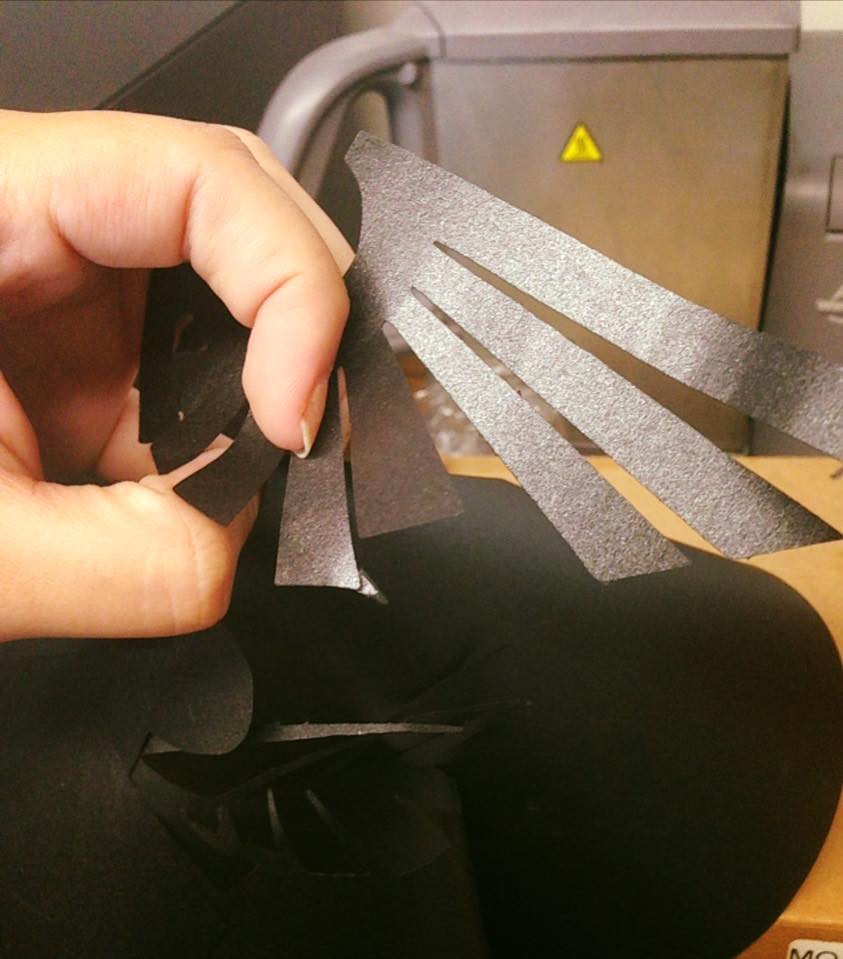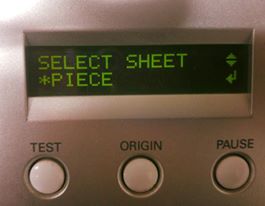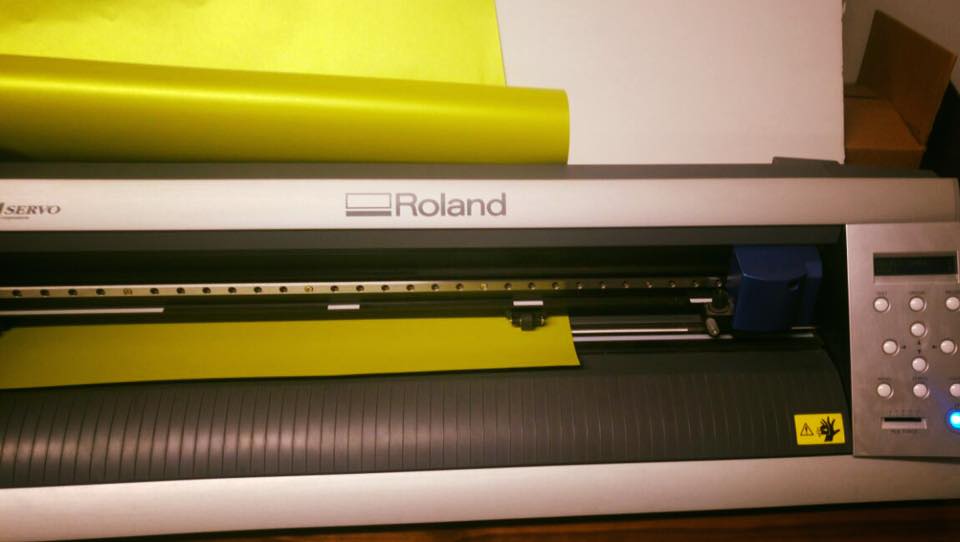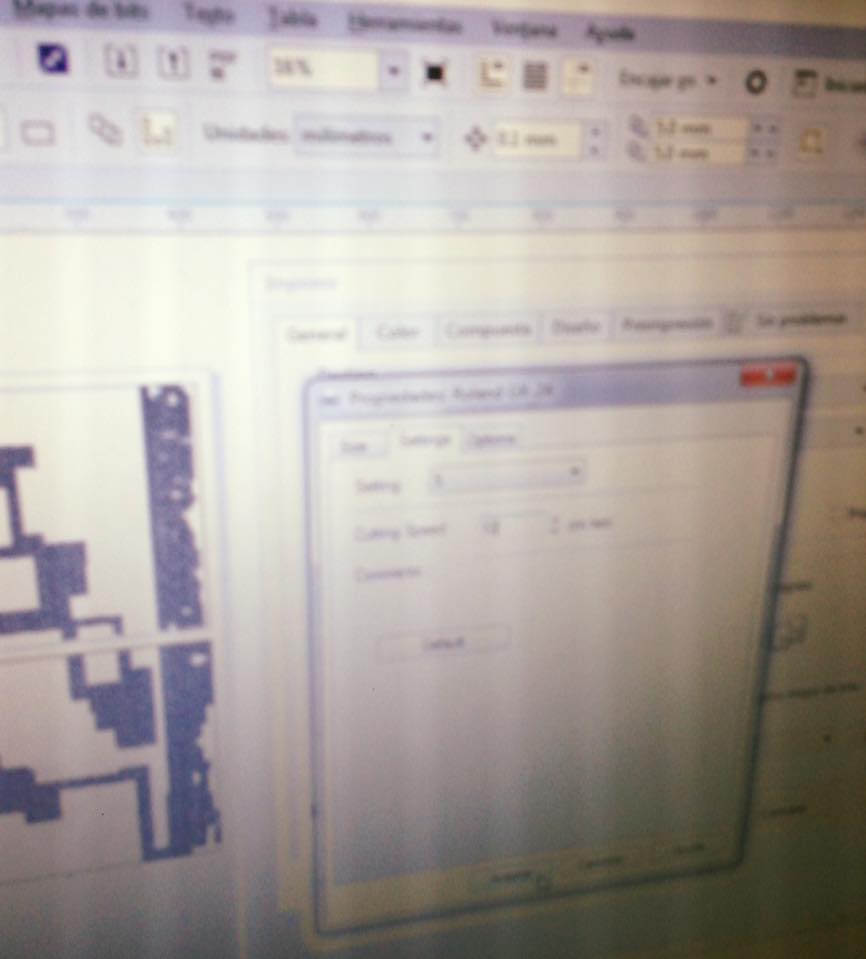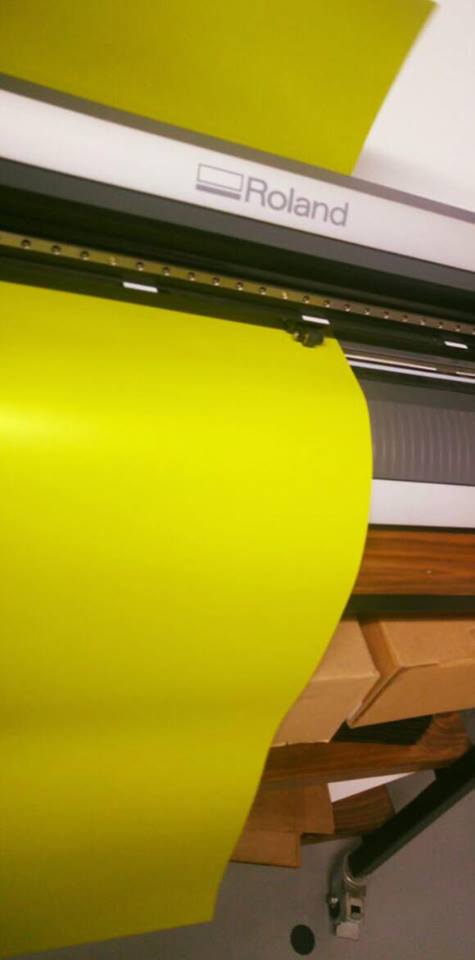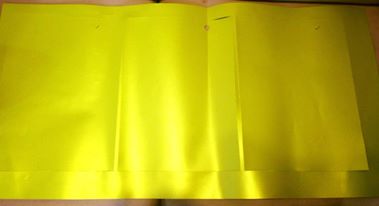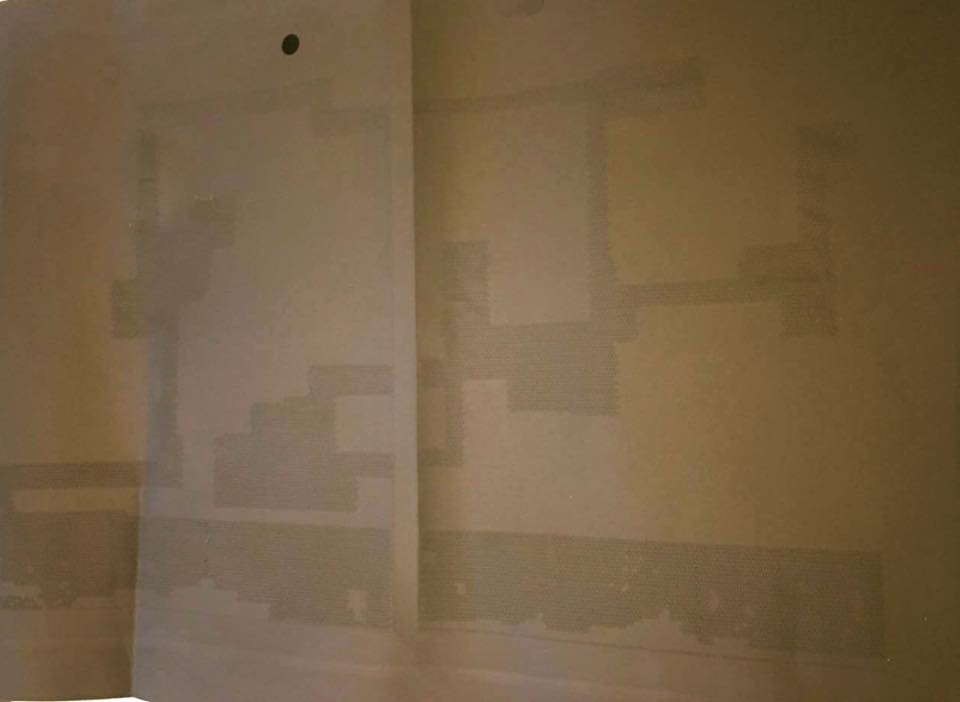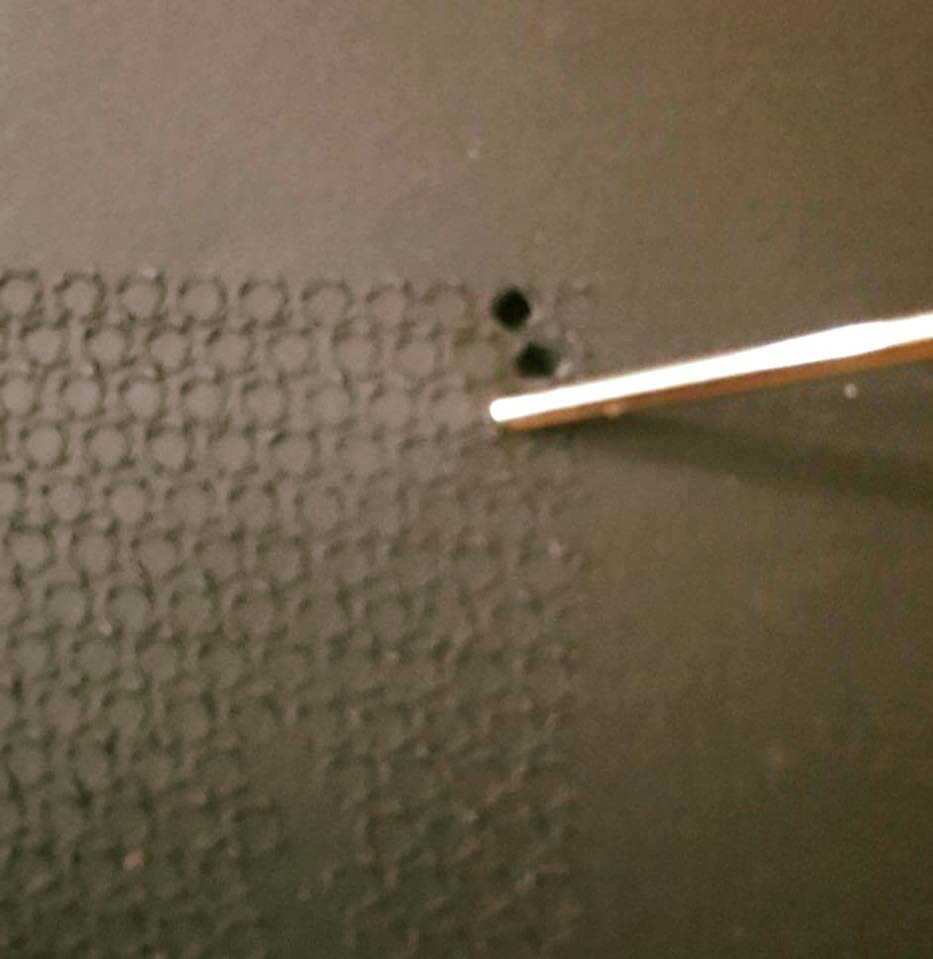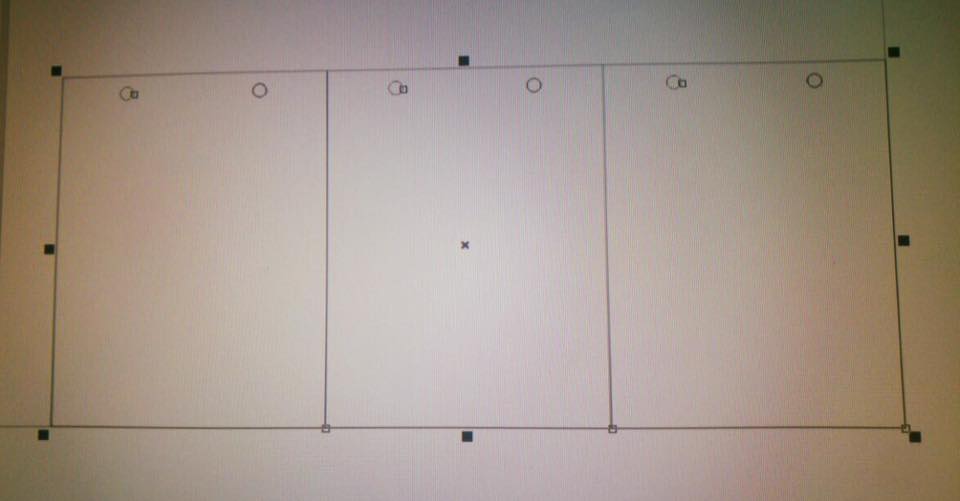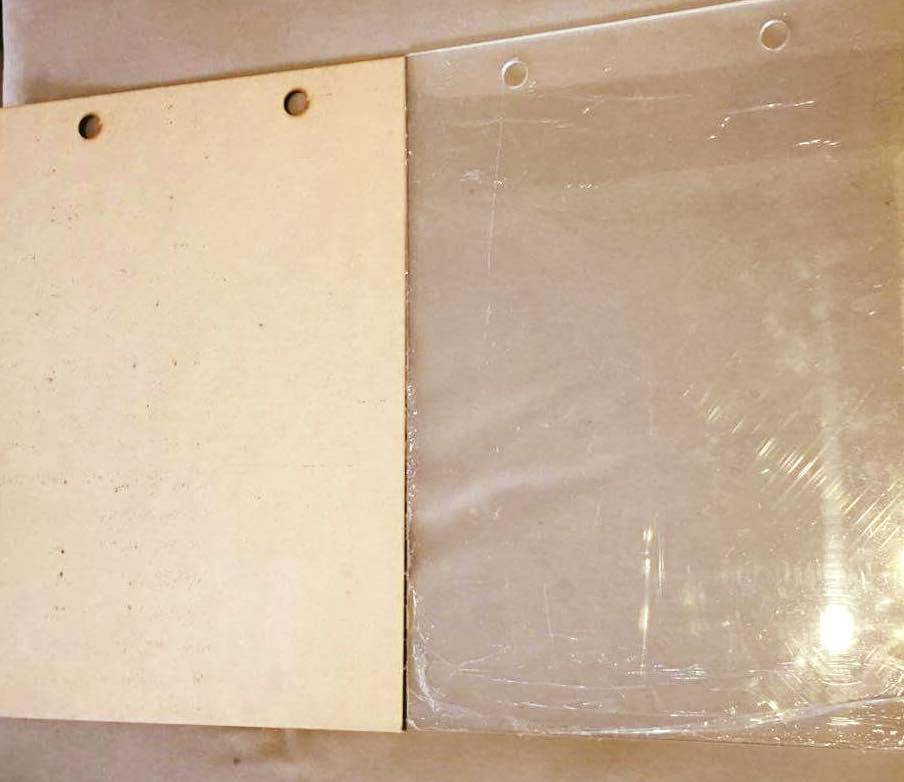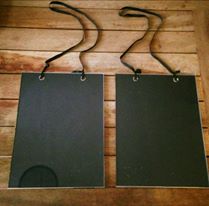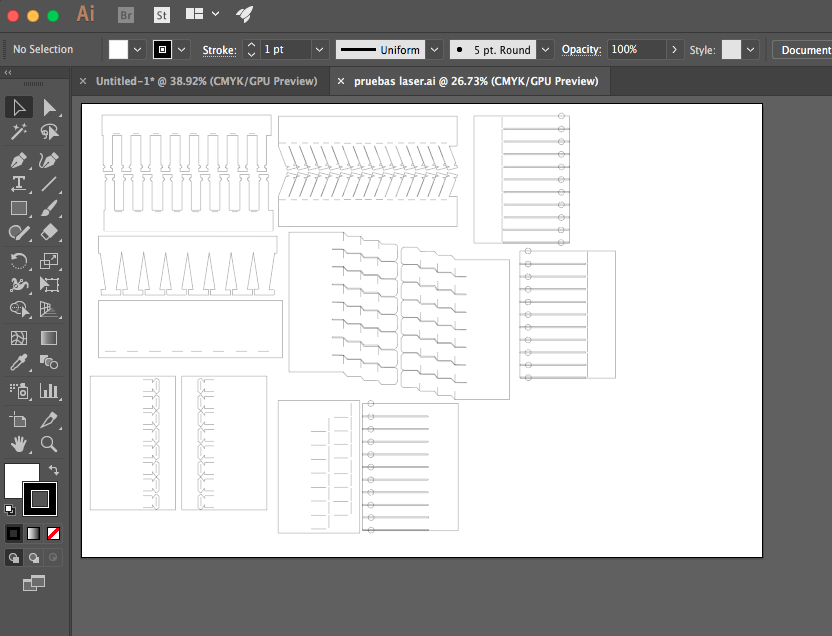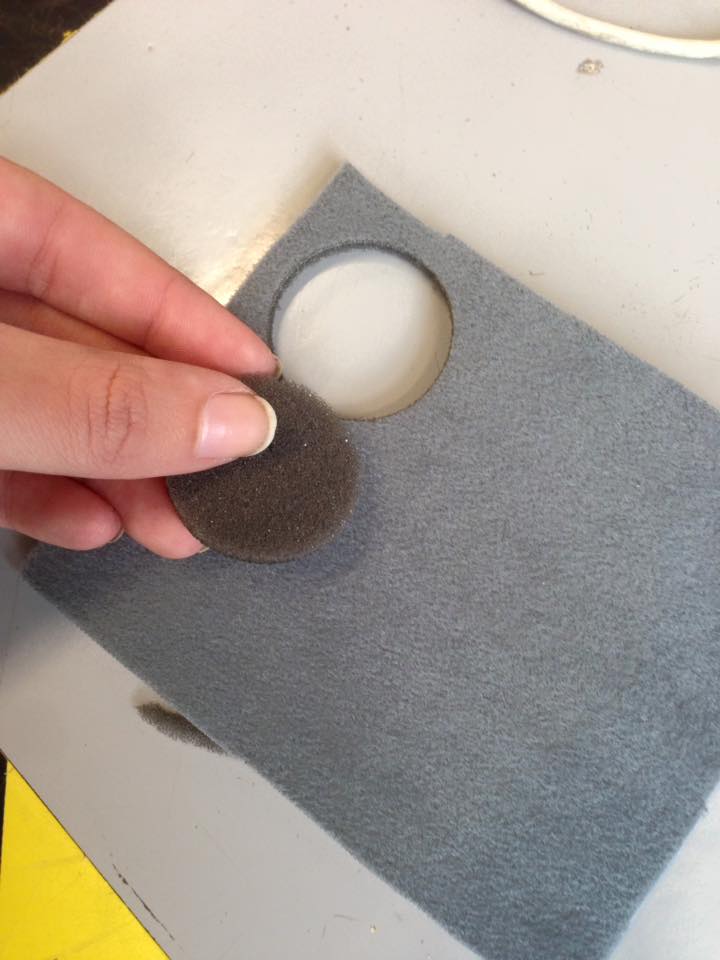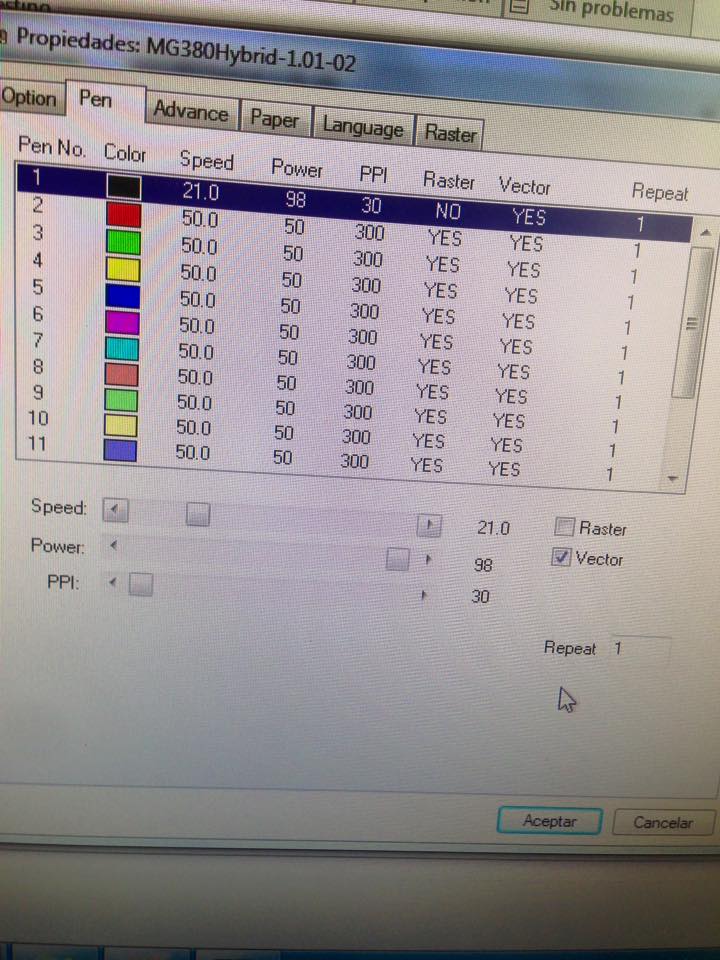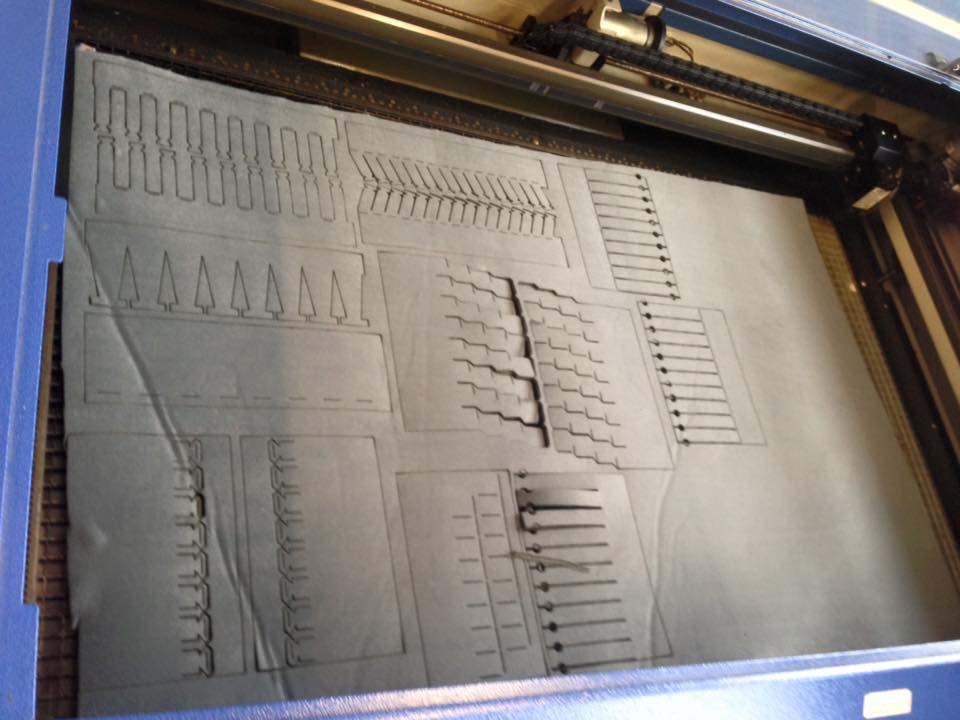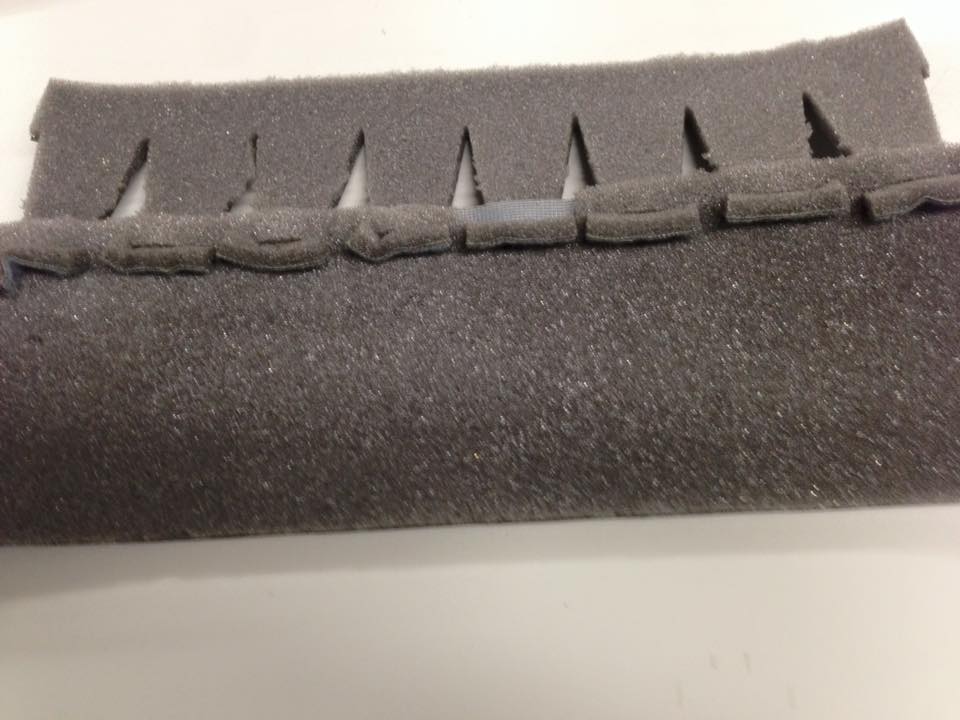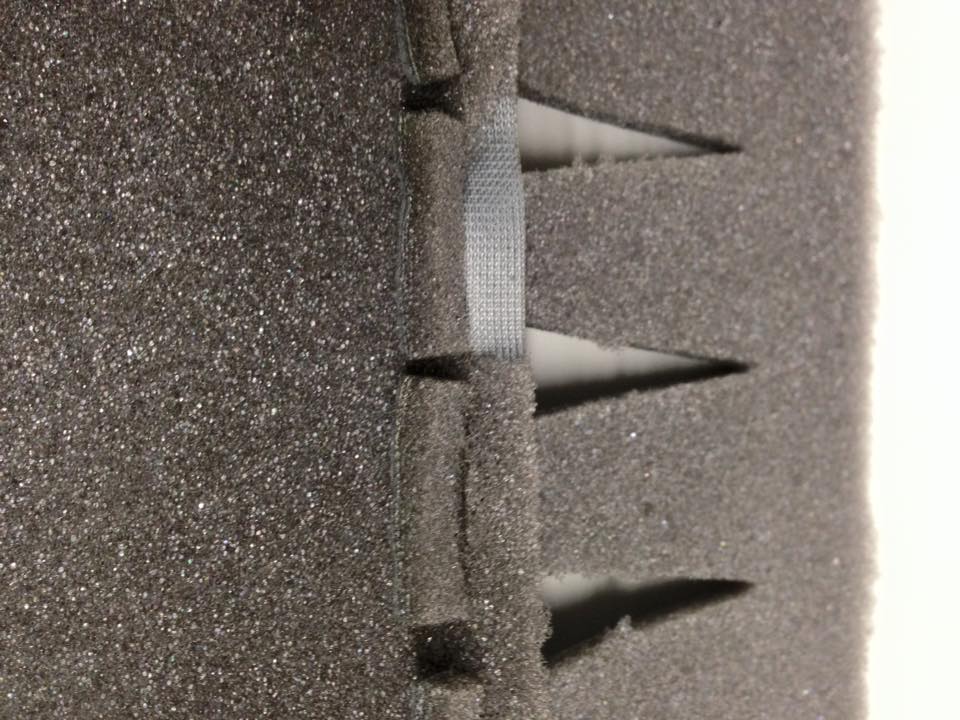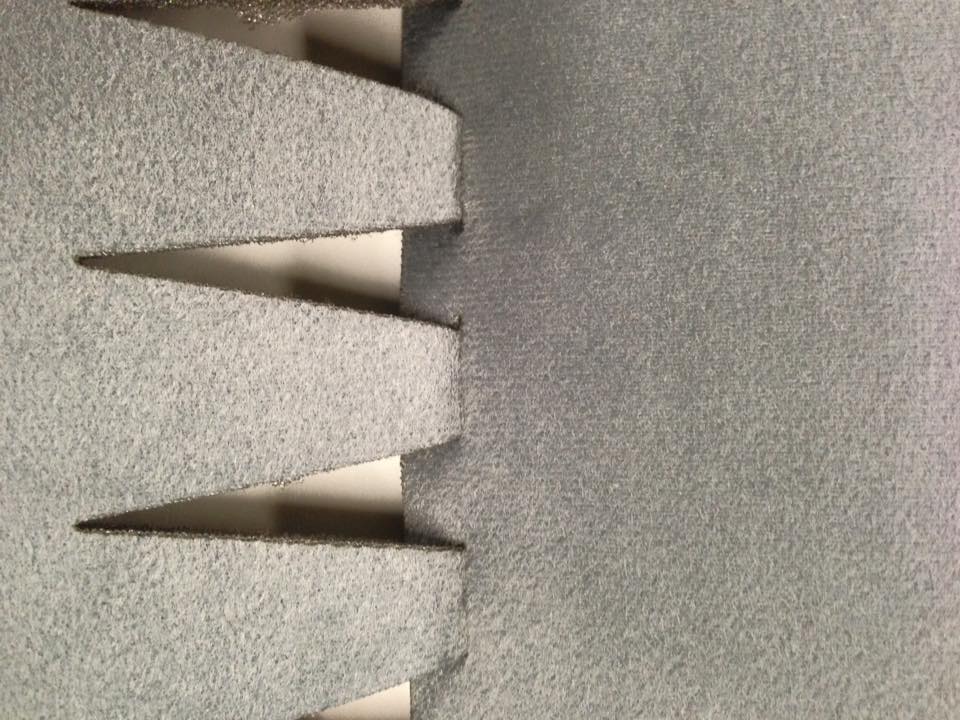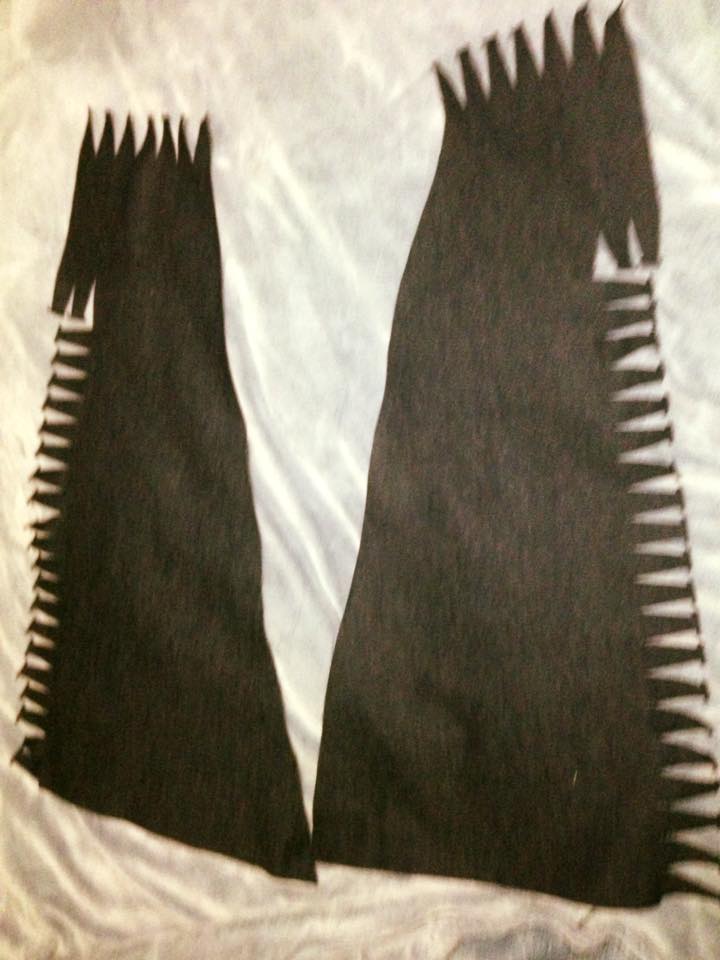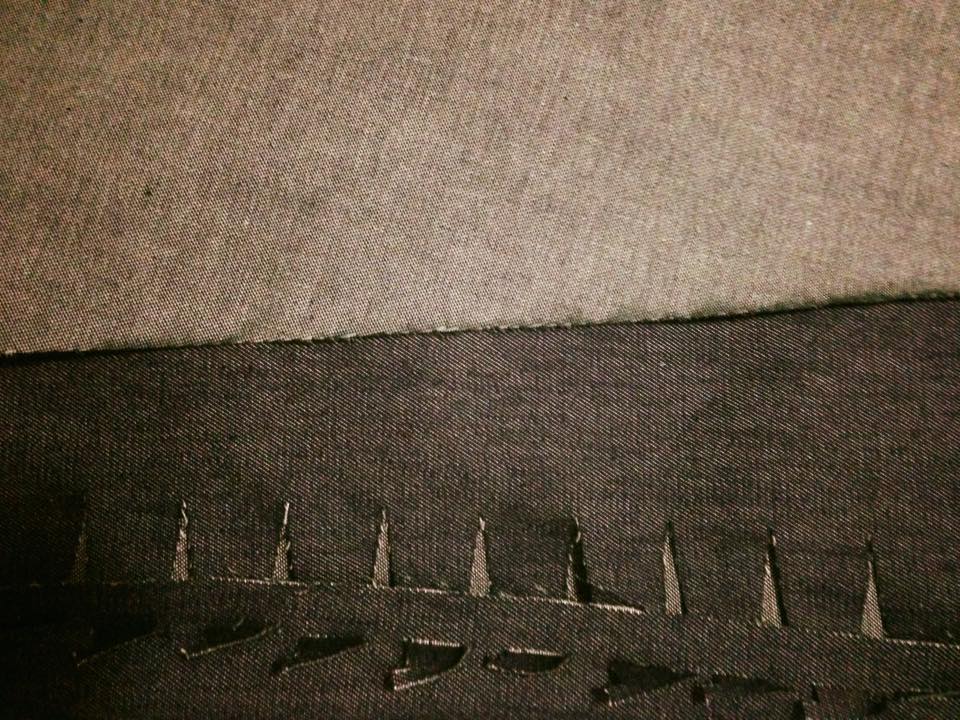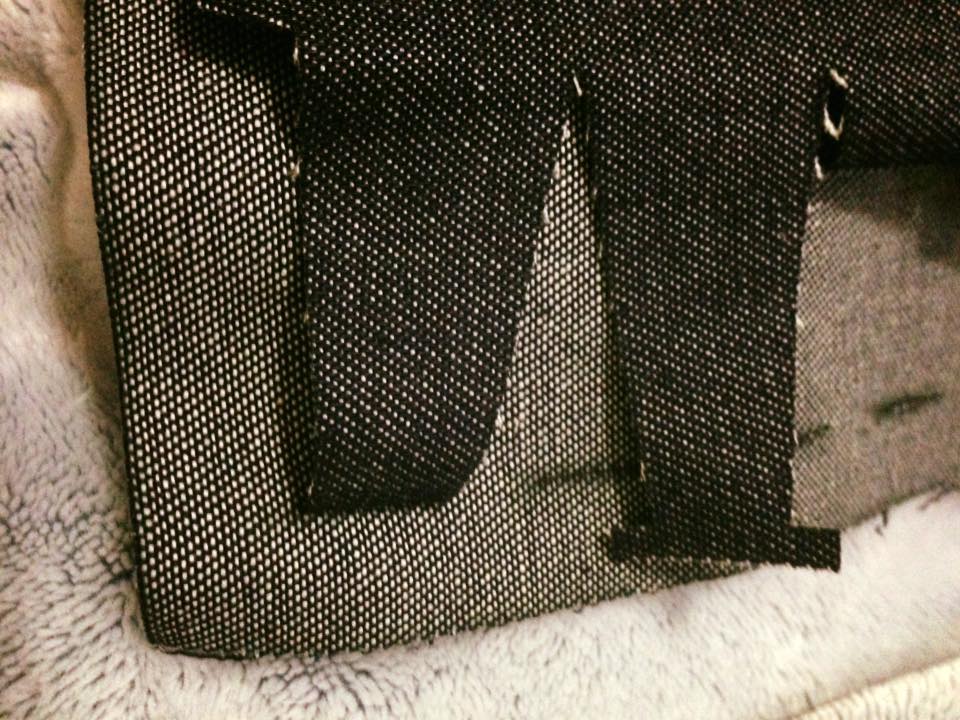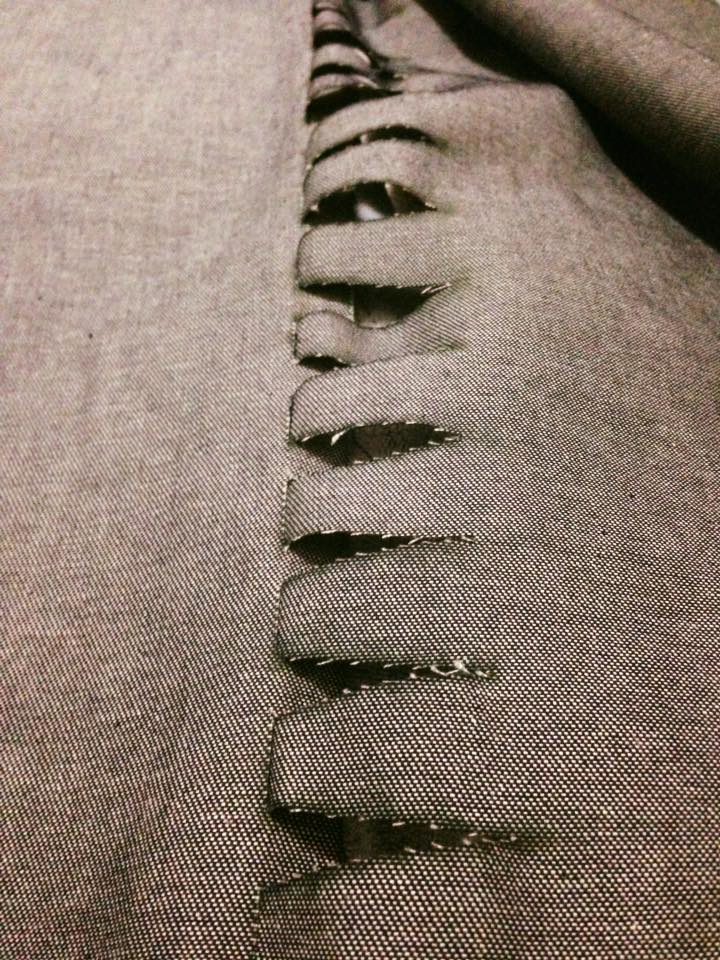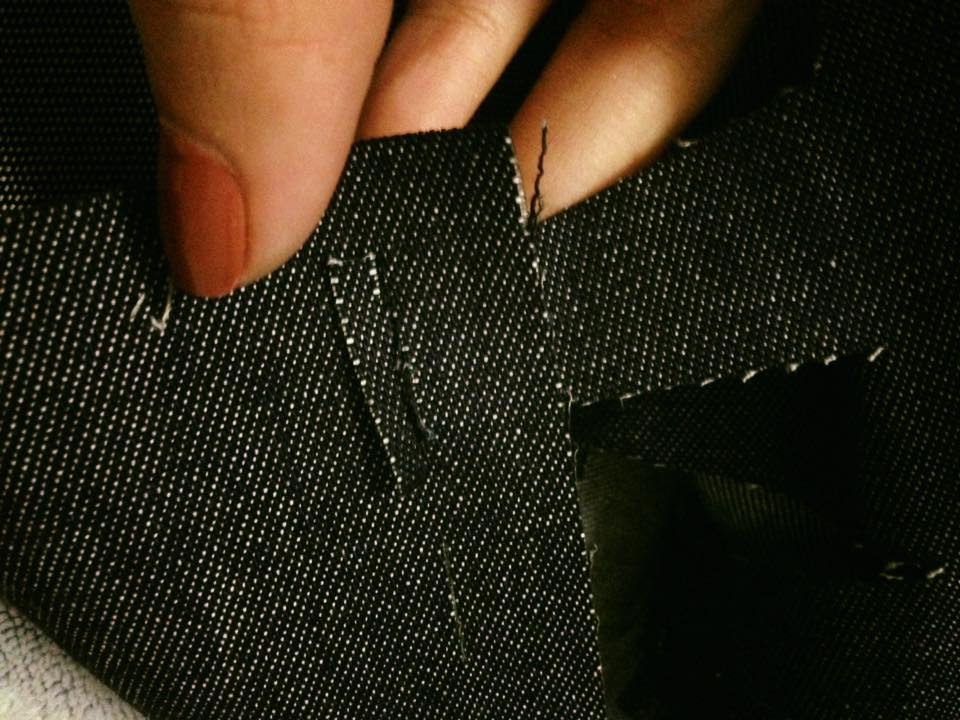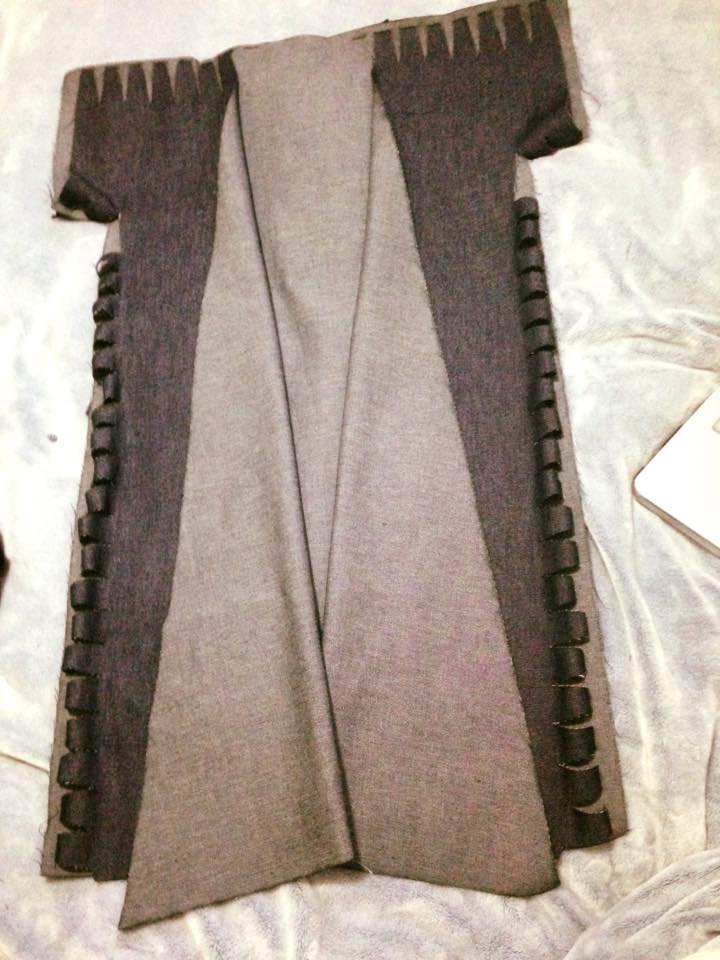
Finally, I decided to try FUSION 360, from Autodesk, to make the parametric design.
I found this tutorial on youtube:
https://www.youtube.com/watch?v=PwVRaWxW7F0
Which gave me the main idea of how the software works.
Because I´m a fashion designer, the idea of paremetric design apply to patterns sounds interesting. I decided to prove with a simple pattern of a rope, but with the fitting shapes done earlier so the pieces can be fit together without sewing.
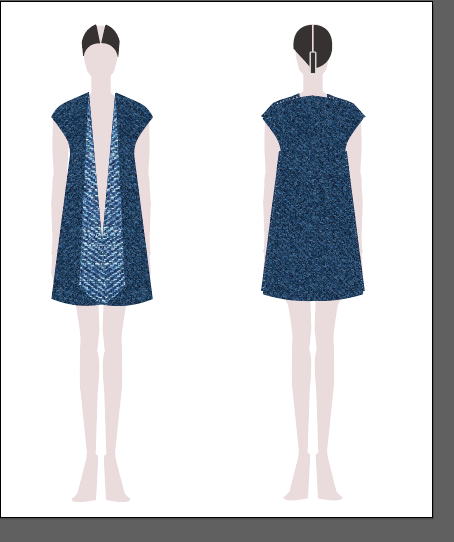
With that idea, I started on Fusion 360.
I started making two lines, the good thing about parametric design is that you can arrange the behavior of the lines to adapt to the changes in the design. For example, because of the design I needed this lines to be perpendicular. Even if the distance changes because of the size of the piece I want to make, this lines should always be perpendicular, this can be achived by selecting both lines and clicking on the side where it says “perpendicular” . Like this, you can also arrange for the lines to be in paralel, tangent, etc.
I started with the back :
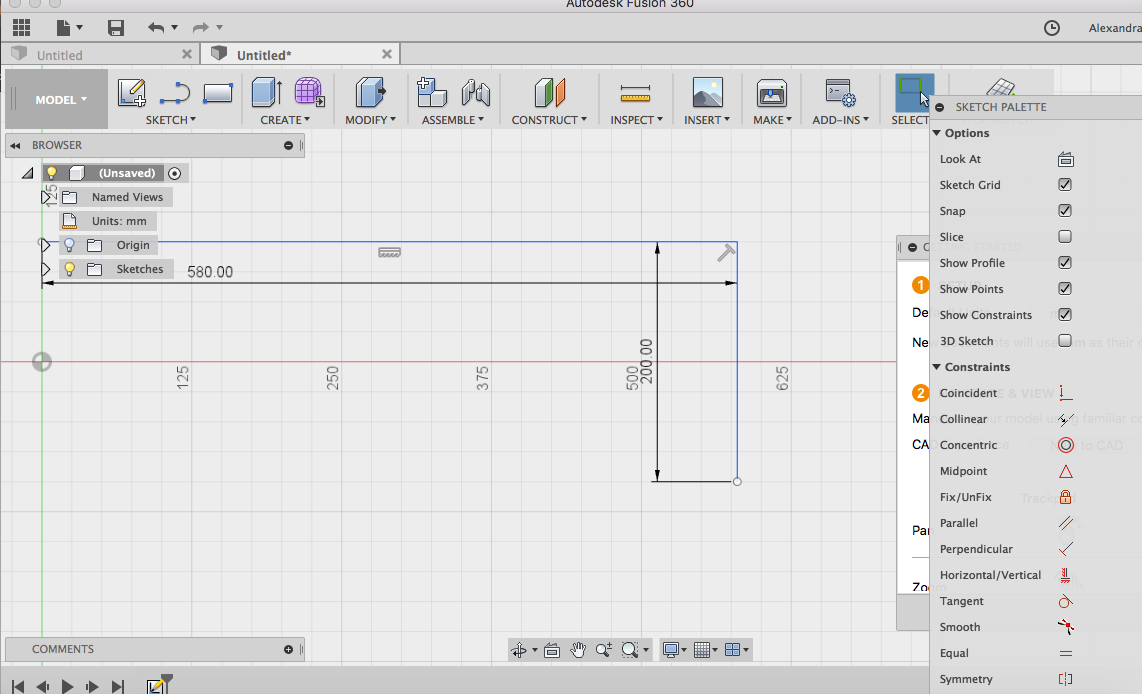
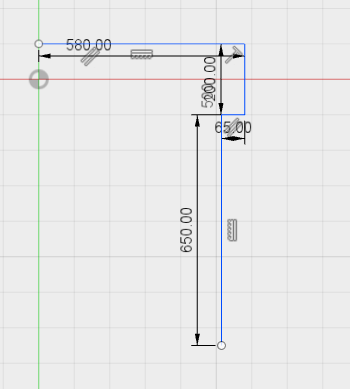
To find the center of a segment, the mouse must be move on the line. When the triangle and X appears, It means that is the center, like in the picture:
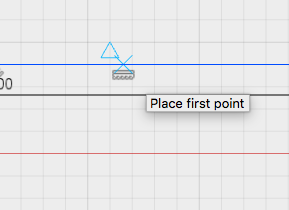
If the line is prolonged to the end of other line it serves as a reference point to know how long the line must be:

There are also guide lines , selecting the line and clicking on “Normal/Construction”.
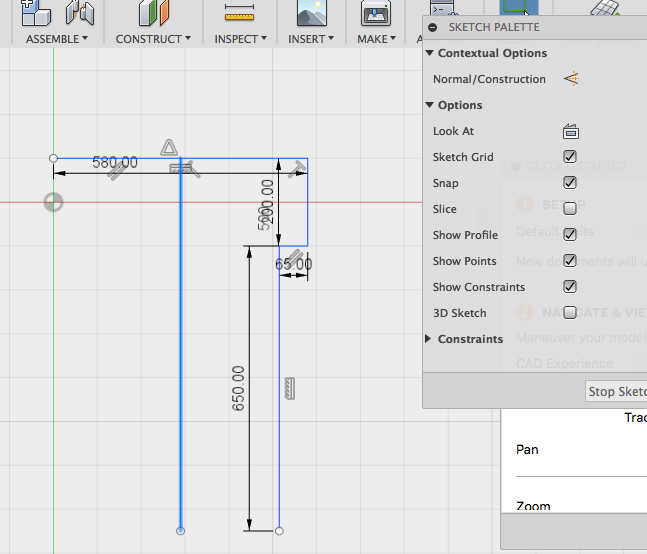
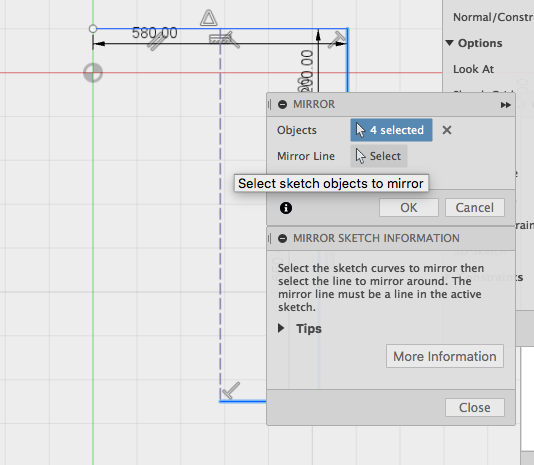
Selecting the pieces and coping and mirror the lines is a possibility to work faster.
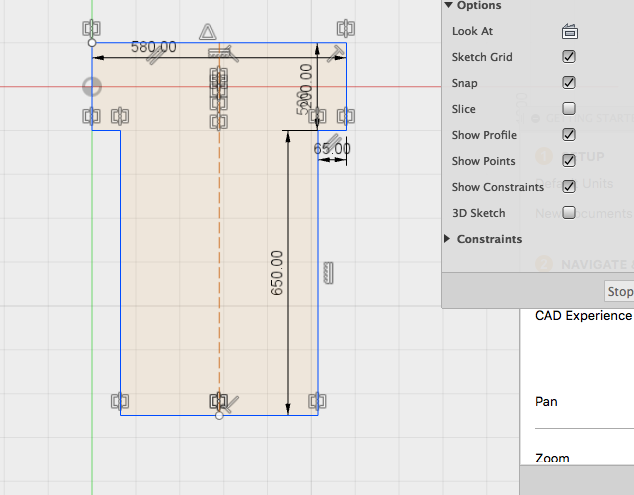
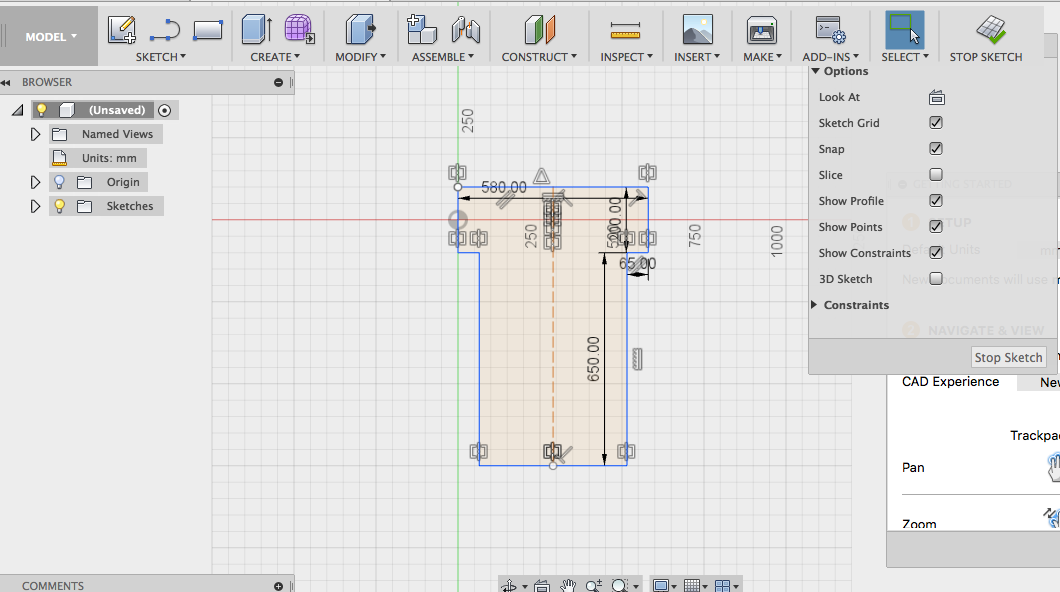
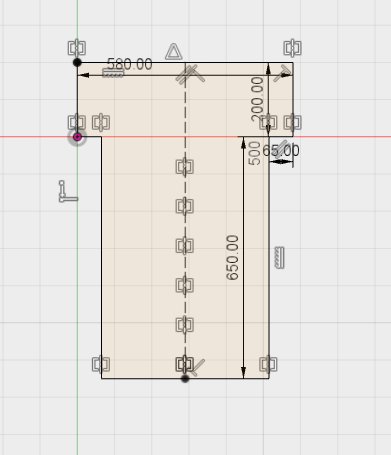
Fort he front, Ill have to cut to pieces, but I plan to do it in just one cut putting
Two pieces of fabric together facing each other. That way I´ll have two pieces in just one cut saving operating machine time.
An stimated look a like line can be draw and select the line you want this new one to be like so it copy it. Makes it good for fitting patterns.
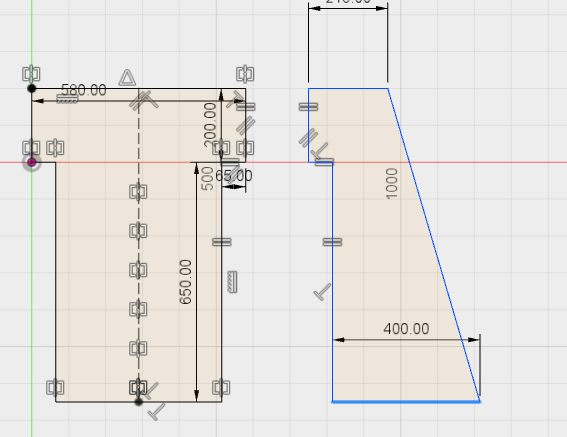
Then I drew the module of the fitting parts and repeated it in a pattern through the needed area.
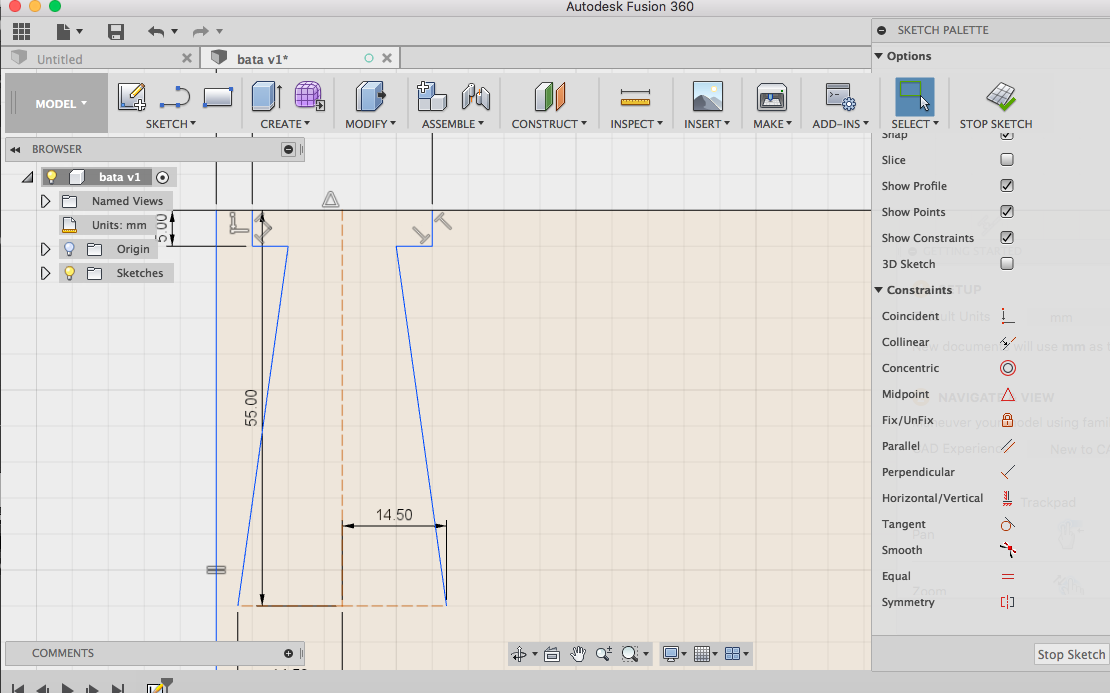
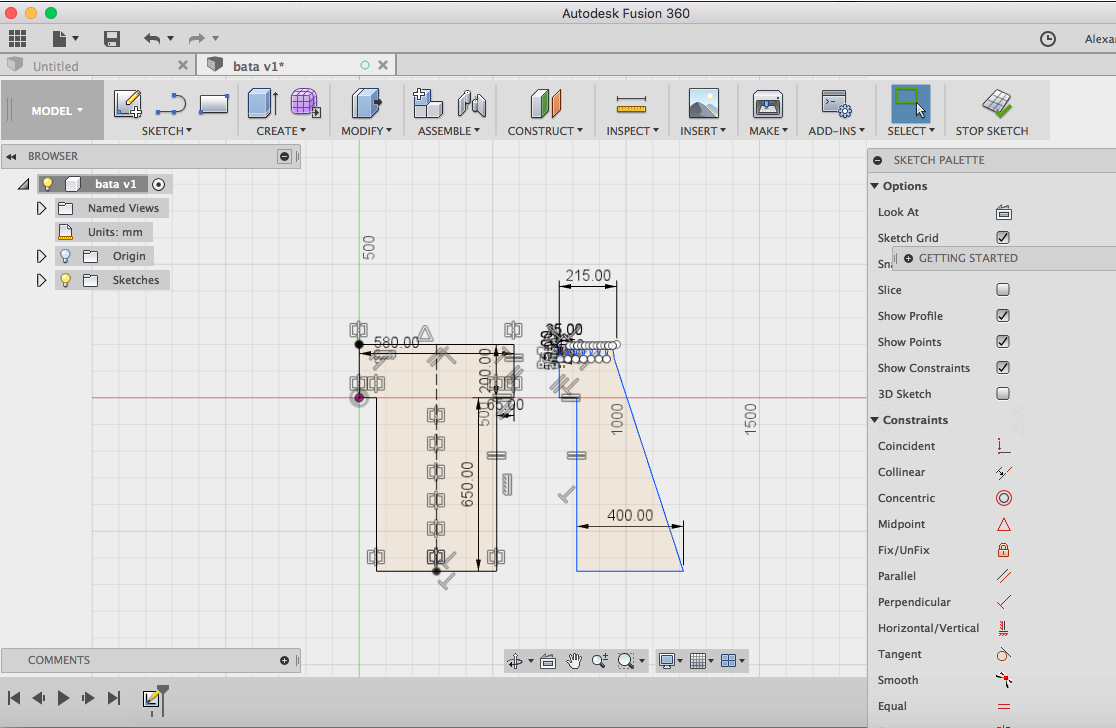
Did the other part of the fitting pattern as well.
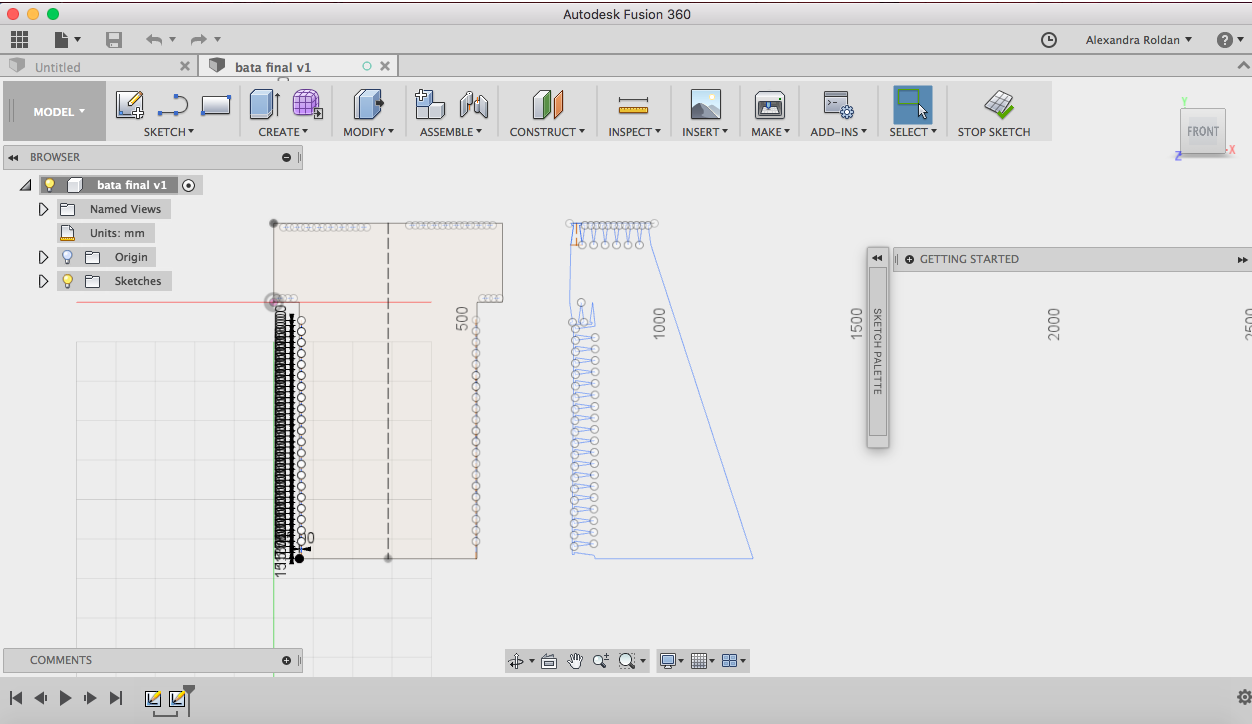
With that the file is ready to cut.
To figure which parameters where better for cutting this denin fabric, I made some tests:
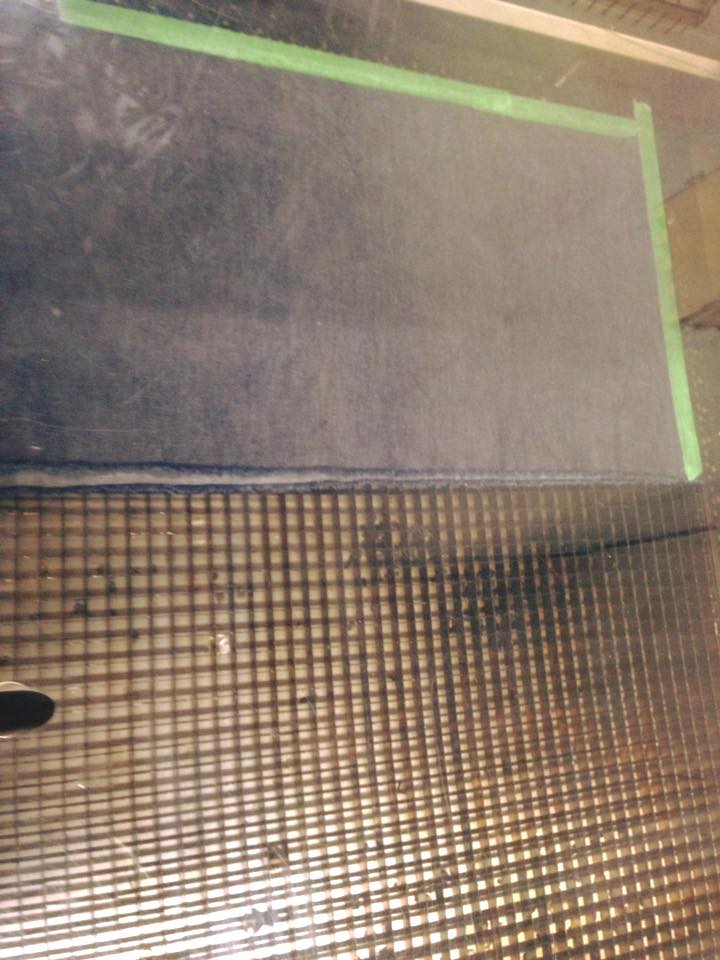
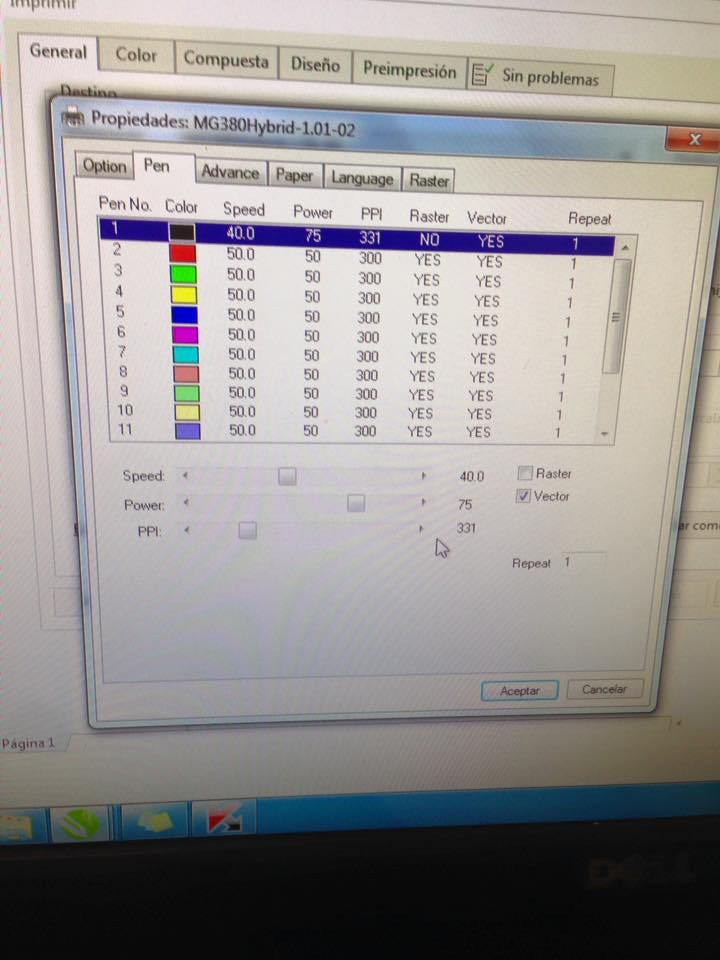
Because it didn´t cut through well enough, the parameters had to be modify:
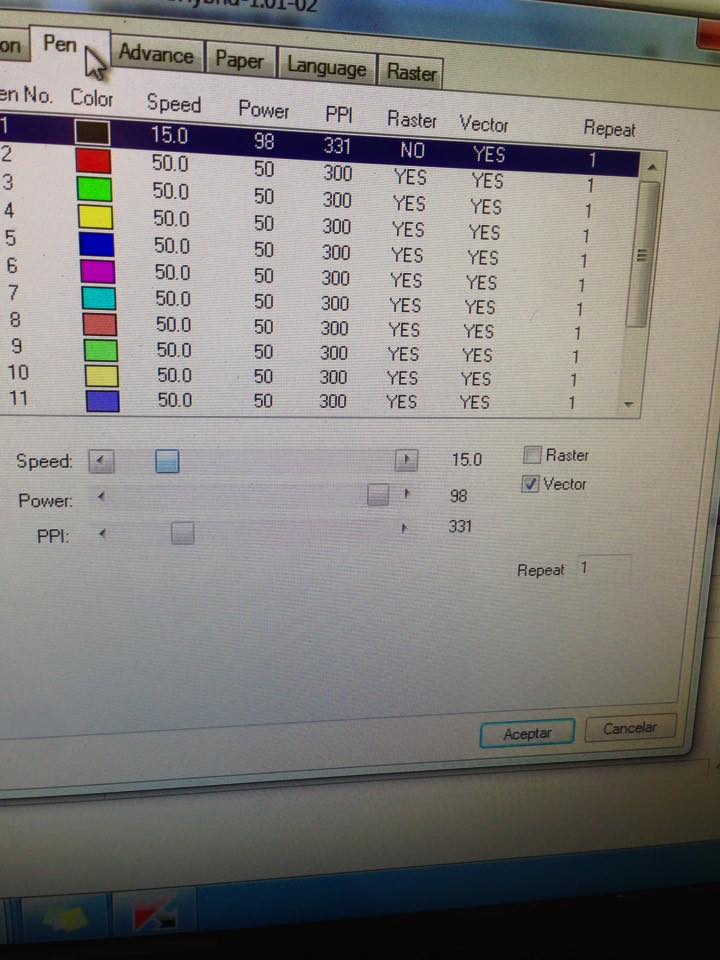
With that the result on test was ok:
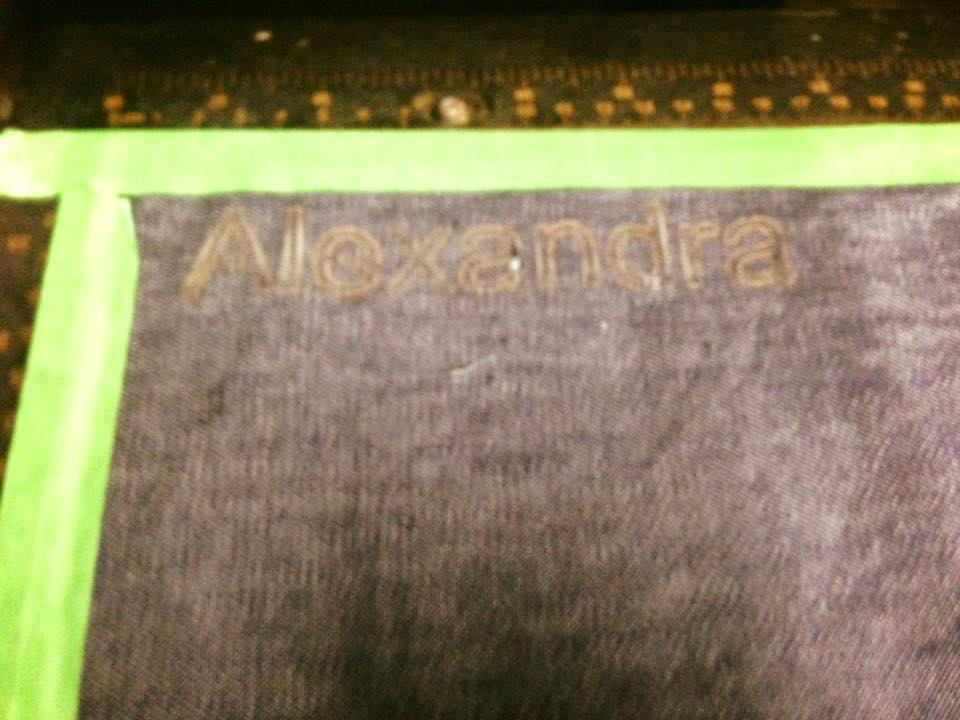
So, I proceeded to the piece cutting:
